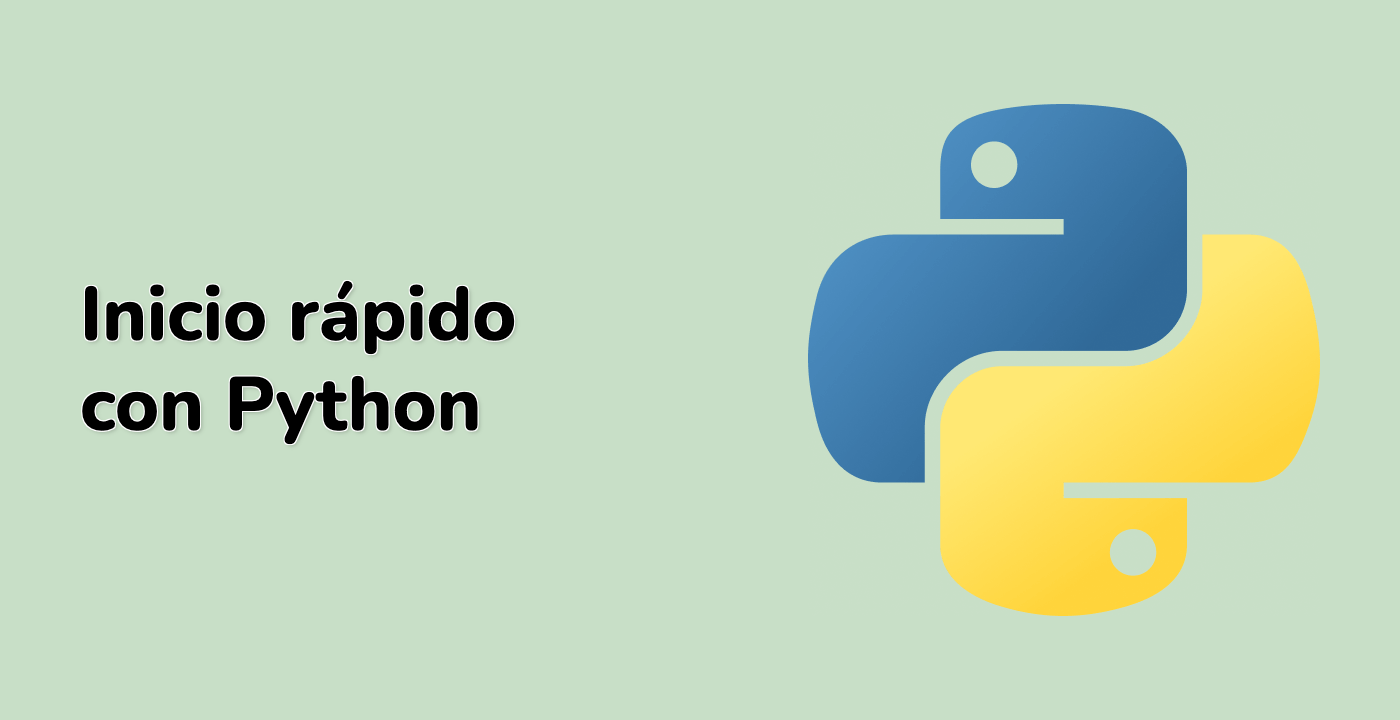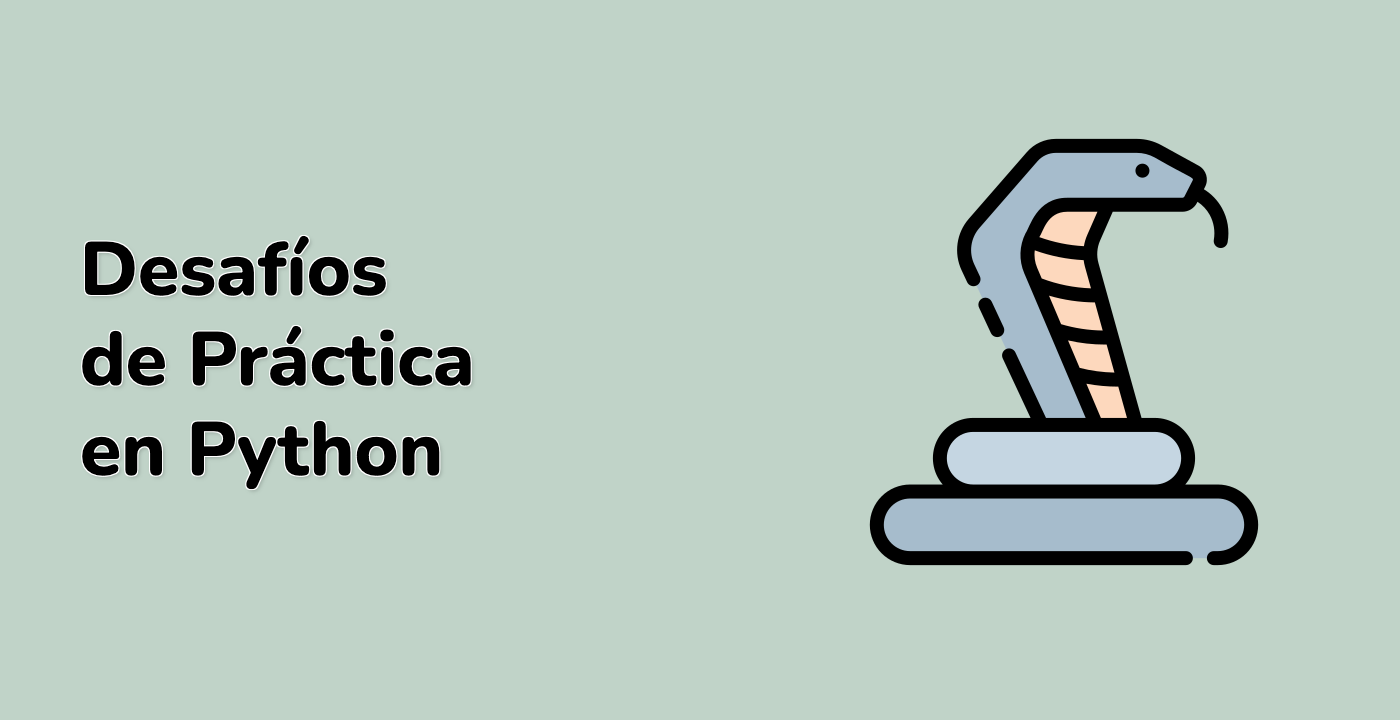Definir las funciones
Definiremos tres funciones que usaremos para crear el diagrama.
Función de problemas
La primera función es la función de problemas. Esta función toma el nombre de la categoría, las posiciones x e y de la flecha del problema y el ángulo de la anotación del problema. Utiliza el método annotate para crear la flecha del problema y la anotación.
def problems(data: str,
problem_x: float, problem_y: float,
prob_angle_x: float, prob_angle_y: float):
ax.annotate(str.upper(data), xy=(problem_x, problem_y),
xytext=(prob_angle_x, prob_angle_y),
fontsize='10',
color='white',
weight='bold',
xycoords='data',
verticalalignment='center',
horizontalalignment='center',
textcoords='offset fontsize',
arrowprops=dict(arrowstyle="->", facecolor='black'),
bbox=dict(boxstyle='square',
facecolor='tab:blue',
pad=0.8))
Función de causas
La segunda función es la función de causas. Esta función toma la lista de causas, las posiciones x e y de la anotación de la causa y si la causa debe colocarse encima o debajo de la flecha del problema. Utiliza el método annotate para crear la anotación de la causa y la flecha.
def causes(data: list, cause_x: float, cause_y: float,
cause_xytext=(-9, -0.3), top: bool = True):
for index, cause in enumerate(data):
coords = [[0, [0, 0]],
[0.23, [0.5, -0.5]],
[-0.46, [-1, 1]],
[0.69, [1.5, -1.5]],
[-0.92, [-2, 2]],
[1.15, [2.5, -2.5]]]
if top:
cause_y += coords[index][1][0]
else:
cause_y += coords[index][1][1]
cause_x -= coords[index][0]
ax.annotate(cause, xy=(cause_x, cause_y),
horizontalalignment='center',
xytext=cause_xytext,
fontsize='9',
xycoords='data',
textcoords='offset fontsize',
arrowprops=dict(arrowstyle="->",
facecolor='black'))
Función de dibujar el cuerpo
La tercera función es la función de dibujar el cuerpo. Esta función toma los datos de entrada y los utiliza para crear el diagrama de hueso de pez.
def draw_body(data: dict):
second_sections = []
third_sections = []
if len(data) == 1 or len(data) == 2:
spine_length = (-2.1, 2)
head_pos = (2, 0)
tail_pos = ((-2.8, 0.8), (-2.8, -0.8), (-2.0, -0.01))
first_section = [1.6, 0.8]
elif len(data) == 3 or len(data) == 4:
spine_length = (-3.1, 3)
head_pos = (3, 0)
tail_pos = ((-3.8, 0.8), (-3.8, -0.8), (-3.0, -0.01))
first_section = [2.6, 1.8]
second_sections = [-0.4, -1.2]
else: ## len(data) == 5 or 6
spine_length = (-4.1, 4)
head_pos = (4, 0)
tail_pos = ((-4.8, 0.8), (-4.8, -0.8), (-4.0, -0.01))
first_section = [3.5, 2.7]
second_sections = [1, 0.2]
third_sections = [-1.5, -2.3]
for index, problem in enumerate(data.values()):
top_row = True
cause_arrow_y = 1.7
if index % 2!= 0:
top_row = False
y_prob_angle = -16
cause_arrow_y = -1.7
else:
y_prob_angle = 16
if index in (0, 1):
prob_arrow_x = first_section[0]
cause_arrow_x = first_section[1]
elif index in (2, 3):
prob_arrow_x = second_sections[0]
cause_arrow_x = second_sections[1]
else:
prob_arrow_x = third_sections[0]
cause_arrow_x = third_sections[1]
if index > 5:
raise ValueError(f'Maximum number of problems is 6, you have entered '
f'{len(data)}')
ax.plot(spine_length, [0, 0], color='tab:blue', linewidth=2)
ax.text(head_pos[0] + 0.1, head_pos[1] - 0.05, 'PROBLEM', fontsize=10,
weight='bold', color='white')
semicircle = Wedge(head_pos, 1, 270, 90, fc='tab:blue')
ax.add_patch(semicircle)
triangle = Polygon(tail_pos, fc='tab:blue')
ax.add_patch(triangle)
problems(list(data.keys())[index], prob_arrow_x, 0, -12, y_prob_angle)
causes(problem, cause_arrow_x, cause_arrow_y, top=top_row)




